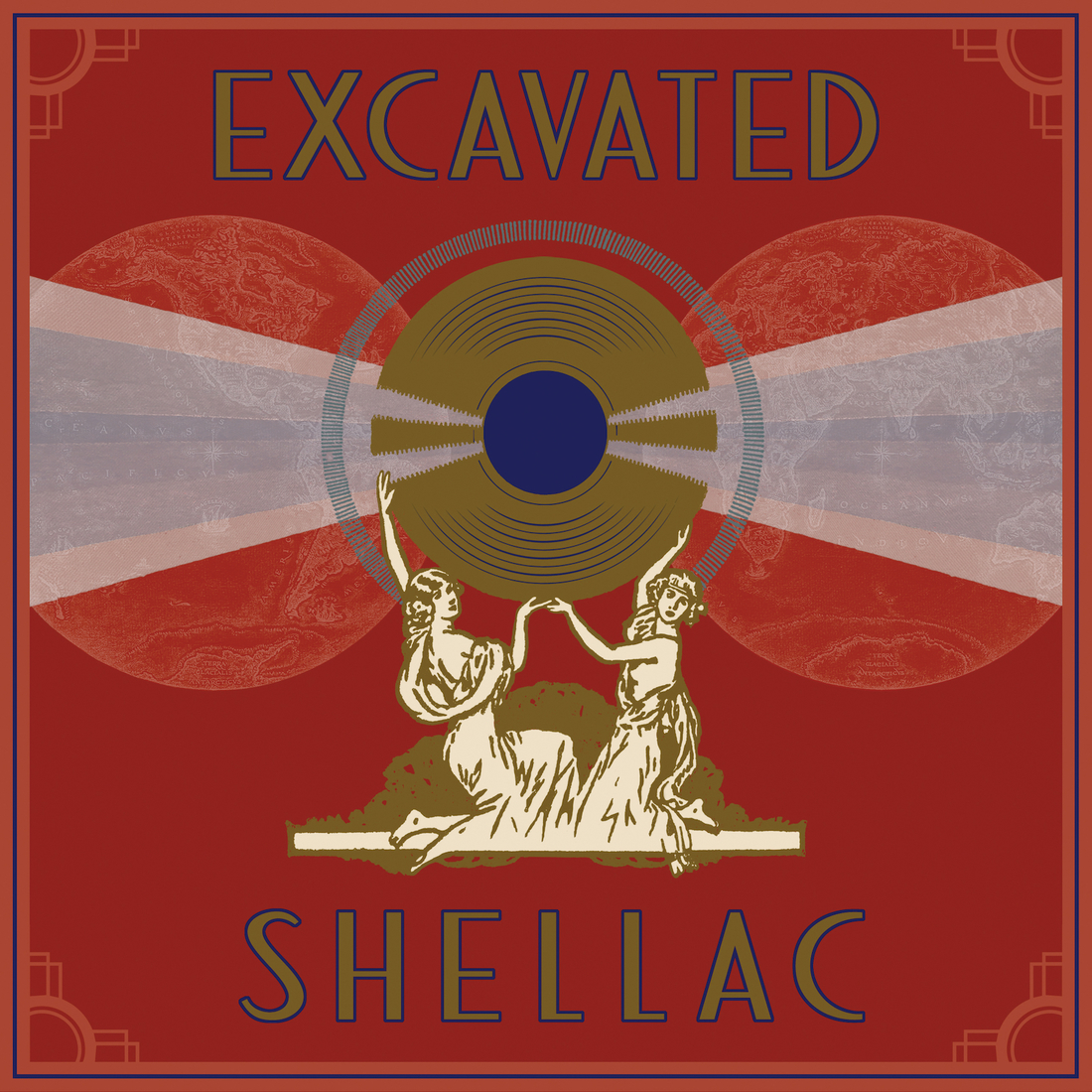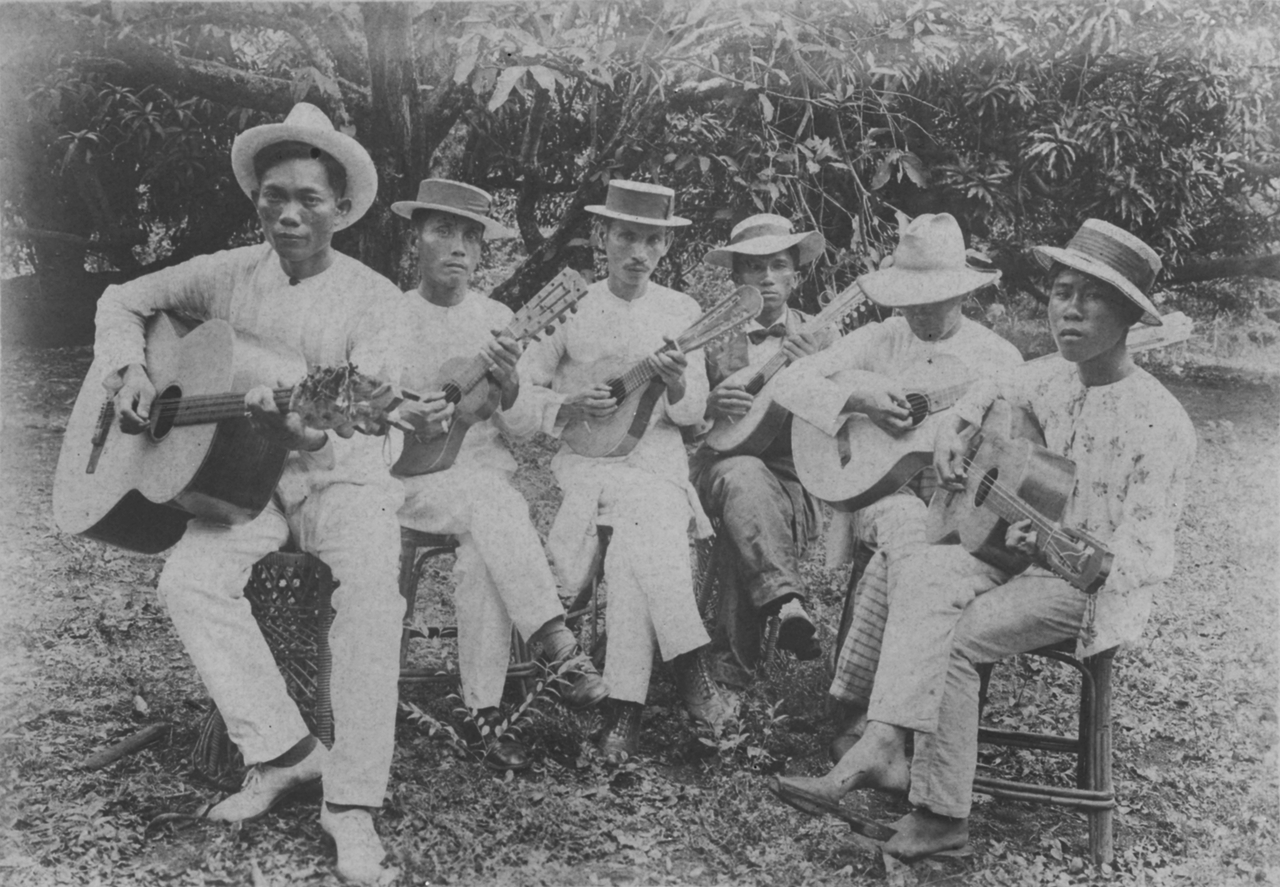
Excavated Shellac cover
To kick 2021 off and save us all from drowning in the lockdown blues, Dust-to-Digital have gone and issued a stunning package called
An Alternate History Of The World’s Music that contains 100 previously un-reissued 78-era recordings and a beautifully illustrated 186 page book (every tune gets discussed - the first is a South African miner’s protest against police brutality, the last a dreamy Cuban innuendo).
The provocative title is there to make interested parties wonder just what is contained within. Well, let’s start with what’s not: no jazz, blues, country, gospel, pop, crooners, classical, opera - you know, the usual suspects when it comes to 78-era reissue projects. Instead, a sonic smorgasbord from across the globe unfolds: Afghanistan, Sudan, the Kingdom of Yugoslavia, Uganda, Spain, Albania, Mongolia, Mexico and onwards and onwards. Ever wondered what the Crimean Tartar Orchestra might sound like? No? Fabulous (raucous, minor key, brass party music) in fact.
This digital-only release is the work of
Excavated Shellac, a website that began in 2007 with a 78-collector doing a daily-post (it's worth following Excavated Shellac on Instagram, Facebook et al for the extraordinary music and info’ posted regularly). Avoiding Robert Johnson and Geeshie Wiley and other such blue chip 78-era collectibles, Excavated Shellac focuses on music recorded across the non-Anglo world, offering a taste of the music being made in myriad communities at the dawn of recorded sound. These three minute snippets from a lost world are fascinating, a daily treat; An Alternate History gathers 100 of such from what website founder Jonathan Ward says of a record collection that “slowly and constantly both grows and shrinks, regularly accessioning and deaccessioning.”
Ward is a Los Angeles-based “metadata czar” who works in the field of museum documentation. Applying scientific rigour to his record collection, Ward has gained huge amounts of information on recordings where there has often been very little. This ensures he has worked closely with Dust-to-Digital on several projects (
Opika Pende: Africa at 78rpm,
Excavated Shellac: Strings,
Excavated Shellac: Reeds) and Sublime Frequencies’
Indian Talking Machine set. Thus I’m chatting with one of the world’s foremost authorities of the 78-era.














